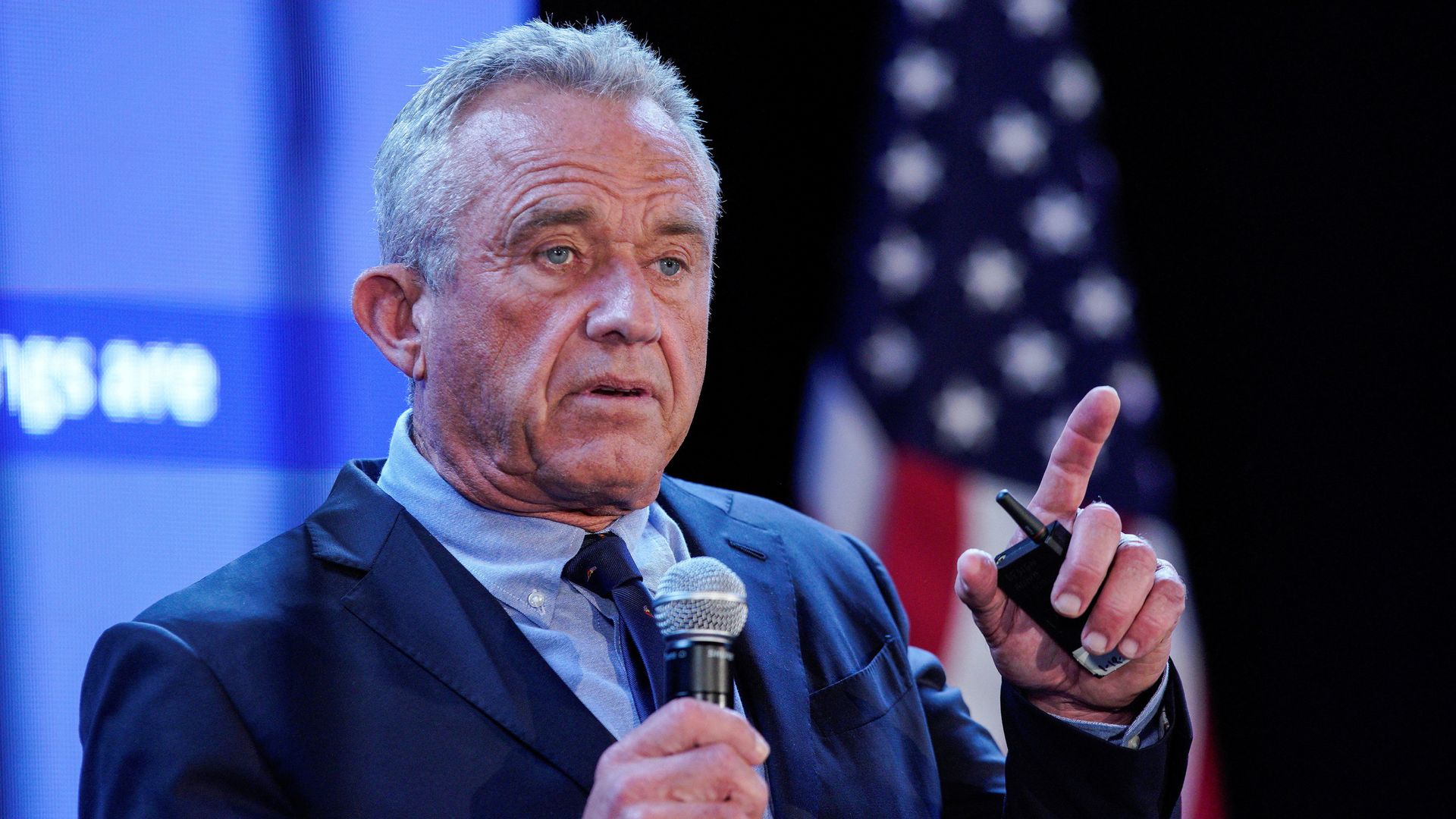Zimbabwe will cull 200 wild elephants to feed communities facing severe hunger during the worst drought in four decades, wildlife authorities have said.
The drought has wiped out crops in southern Africa, impacting 68 million people and causing food shortages across the region.
Experts say the below average rainfall has been caused by the El Nino climate pattern.
Meanwhile, the killing of more than 700 wild animals – including 83 elephants and 30 hippos – is already under way in Namibia as part of a plan to feed hungry people that was announced three weeks ago.
The cull in Zimbabwe, the first in the country since 1988, will take place in the Hwange, Mbire, Tsholotsho and Chiredzi districts.
Tinashe Farawo, a spokesman for the Zimbabwe National Parks and Wildlife Management Authority, said permits would be issued in those areas to hunt elephants and that the agency also would also kill some of the 200 animals.
“We will start culling as soon as we have finished issuing out permits,” Mr Farawo said.
Middle East latest: Budapest company linked to exploding pagers; Beirut turned to ‘zombie city’ as number killed rises
The Budapest firm linked to explosive pagers that killed Hezbollah members
Explosive pagers used by Hezbollah had been modified by Israel ‘at production level’, Reuters told by Lebanese security sources
He added the elephant meat would be distributed to communities in Zimbabwe affected by the drought.
Mr Farawo said the population of elephants has become unsustainable in the areas where the culling is due to take place.
“It’s an effort to decongest the parks in the face of drought,” he said. “The numbers are just a drop in the ocean because we are talking of 200 [elephants] and we are sitting on plus 84,000, which is big.”
Hwange, in the country’s arid west, has more than 45,000 elephants but now has the capacity to sustain only 15,000.
There has been increasing competition between humans and wildlife for food and water in Hwange.
The country’s environment minister Sithembiso Nyoni told parliament last week that she had given the go-ahead for the culling programme to take place across the country.
“Indeed Zimbabwe has more elephants than we need, more elephants than our forestry can accommodate,” Ms Nyoni said.
She added the government was preparing “to do like what Namibia has done so that we can cull the elephants and mobilise the women to dry the meat, package it and ensure that it gets to some communities that need the protein”.
Zimbabwe park officials said in December that at least 100 elephants had died in Hwange due to drought.
Keep up with all the latest news from the UK and around the world by following Sky News
The Namibian government last month approved the culling of 723 animals, including 83 elephants, 30 hippos, 60 buffalo, 50 impalas, 300 zebras and 100 elands, among others from five of the country’s national parks.
“This is necessary and is in line with our constitutional mandate where our natural resources are used for the benefit of Namibian citizens,” environment department spokesman Romeo Muyunda said.
Botswana, which is situated between Zimbabwe and Namibia, has the world’s largest elephant population at 130,000, but unlike its two neighbouring countries, it has not talked about slaughtering the animals to feed its people.






